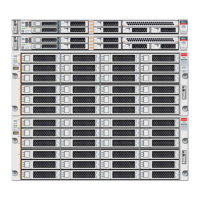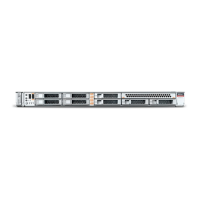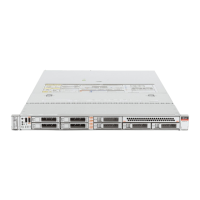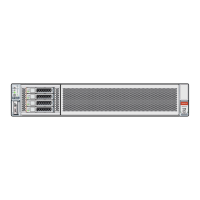Preinstalled Oracle Linux Image BIOS Boot Mode Restriction
Preinstalled Oracle Linux Image BIOS Boot Mode
Restriction
The Oracle Linux 6.5 operating system (OS) image is preinstalled on the server (if ordered) in
the Legacy BIOS Boot Mode. Therefore, to use the preinstalled image, you must boot the server
in the Legacy BIOS Boot Mode (the default). If you boot the server in the UEFI Boot Mode, the
server will not boot the Oracle Linux preinstalled image and it cannot be used. If you want to
switch to UEFI Boot Mode and use Oracle Linux 6.5, you must perform a fresh installation of
the Oracle Linux OS.
Operating System Options
The server supports several operating systems. Therefore, you do not have to use the
preinstalled version of the Oracle Linux operating system on your server. If you want to
install a fresh or newer version of the Oracle Linux operating system or a different operating
system such as Oracle Solaris, Oracle VM, Windows Server, or VMware ESXi, you can do so,
provided it is a supported version. For a list of supported operating systems, refer to the Oracle
Server X5-2 Product Notes at https://www.oracle.com/goto/x5-2/docs.
Oracle Linux Configuration Worksheet
Gather the following information and have it ready for when you begin the configuration
process. You need to collect only the information that applies to your organization and network
environment.
TABLE 10
Worksheet for Oracle Linux Operating System Configuration
Information for Configuration Description and Example Your Answers
Oracle Linux root password Choose a root password that you will use to replace the
factory default password; there are no restrictions on
the characters or length.
Network interface
Choose an interface on the server (eth#) that will be
connected to your network. (Once Linux is up and
running, the ifconfig -a command can be used to
help identify server network ports.)
Network configuration (if you are not using
DHCP)
Supply the IP address for the server.
140 Oracle Server X5-2 Installation Guide • January 2021

